
Complete guide to Alpaca clothing: benefits and tips
Share
If you like natural products and you value handmade products, we recommend you to include in your wardrobe clothes and accessories made with alpaca fibre. Compared to other wools and fabrics on the market, alpaca has many advantages and qualities that we are going to tell you about. It is pleasant to the touch, fine, silky, comfortable... And, best of all, no chemicals that harm your body and the environment are used in its production. Here's a complete guide to alpaca, one of the world's most prized fibres.
Alpaca handbook: 6 reasons to love it
To delve into the wonderful world of alpaca, it's best to start at the beginning: to know exactly what it is and where it comes from. A good part of its virtues are to be found precisely here, in its origin.
1. What is alpaca?
Alpaca is a light, soft, warm and resistant fibre used for making clothes, accessories and carpets. It is a natural fabric that belongs to the so-called noble fibres, such as mohair, cashmere or angora. At first glance it may look like sheep's wool (merino), although it is of better quality. It has a wide range of natural colors (more than 20) ranging from white to black, through brown, brownish or gray. And it is produced mostly in Peru and Bolivia. It is known as "the true treasure of the Incas". Why is that? You will soon find out.
2. Where does it come from?
This fibre is taken from the hair of a very friendly mammal called alpaca, which is a close relative of the wild vicuña and the llama. The truth is that the three animals look very similar and, if you are not an expert in the matter, it is easy to confuse them, isn't it?
Most of the world's alpacas are found in Peru, where there are 3.5 million. The care of their herds and the sale of their hair are the main means of subsistence for thousands of families in this country and, therefore, their most important source of income.
Alpacas live in large herds that graze on the Andean plateau, always at an altitude of over 3,000/4,000 metres above sea level. The climatic conditions in which they live (with abrupt temperature changes, strong winds, very high solar radiation and a low concentration of oxygen) have caused them to develop a resistant and high quality coat.
Between the months of November and April the alpacas are sheared with knives or scissors. This process is normally done once a year, the animal is never slaughtered to carry it out and an average of 3.5 kilos of fibre is extracted per unit.
When they are sheared, the hair is manually classified into different groups according to their origin, colour, quality and length. Depending on this, the fibre is used to make some products or others. Expert hands carry out this work using techniques that have been handed down from generation to generation. It is not a process that can be mechanized.
3. Types of alpaca wool
There are different types of alpaca fiber, depending on its fineness and quality.
On the one hand there is the Alpaca Fleeze. It is the fiber that is obtained of the usual shearing that is made to the alpaca once a year. It measures 26.5 microns in diameter and is usually used for making bags and coats. To give you an idea, a micron or micron is equivalent to one millionth of a meter.
There is also the Baby Alpaca, which is the fiber that comes from the first shearing that is done in the life of an alpaca. This does not mean that newborn or very young animals are used. For that first cut it is necessary that the animal has reached the adult age of three years. This hair measures 22.5 microns and is used to make fine knitwear, sweaters, shawls, pashmina... This fiber is of enormous quality and extremely soft. Undoubtedly, it is one of the most valuable and appreciated fibres.
In third place we place the Royal Alpaca, which is a selection of the best baby alpaca fibres. It measures between 19 and 19.5 microns. It is an ultra soft and very exclusive hair, since only 1% of the world production of alpaca fibre corresponds to this variety.
Other types are Huarizo ( 30.5 microns), used to make knitted fabrics, and Gruesa (more than 34 microns), with which carpets, upholstery and linings are made.
4. Advantages and benefits of alpaca compared to other wools
Alpaca clothing and accessories are of exceptional quality. This is due to the amount of properties that this fiber has and that you will not find in other wools:
- The goodness of alpaca is superior to cashmere and mohair.
- It is warmer and stronger than sheep wool.
- It is less itchy than other fibres.
- It does not cause allergies because, unlike sheep's wool, it does not contain lanolin. So it is very suitable for delicate and sensitive skin.
- It hardly absorbs environmental humidity and repels water very well. This means that if it rains or gets wet, its appearance, shape and quality are not affected.
- It is thermal and insulating. This means that it maintains the body temperature very well regardless of the external conditions and the type of environment. It helps to combat sudden changes in temperature and retains heat but, at the same time, it is very breathable. Its degree of comfort is very high.
- It has a wide range of natural colours, which is rare in other wools. And it is easy to dye.
- An important quality of alpaca is its ability to resist solar radiation.
- It is silky and shiny. It does not lose its shine after dyeing and washing.
- It is light and light, in spite of being a very warm fibre.
- It is elastic and resistant, no matter how fine its pile is.
- It is fireproof, a property it shares with sheep's wool: it is very difficult to burn.
- The garments last for many years, they do not break, deform or wear out with use. They are also not affected by fungi and other microorganisms. So they are always a good investment.
- They are products that help to care for and respect the environment.
5. Tips for cleaning and maintenance of alpaca garments
Being a valuable fiber with so many properties, one may think that the care of alpaca garments must be very expensive and delicate. This is not the case. It is easier than you might think. It is true that they are products that we can not put quietly in the washing machine or ironing, but following some recommendations maintenance is easy. In addition, precisely because of their quality, alpaca garments stay cleaner and shinier for longer. We suggest you take a look at these tips for washing alpaca clothes.
Once washed, it's a good idea to keep the following tricks in mind to keep your alpaca garment intact. Take note:
- Store it only when it is completely dry.
- Leave it well folded to avoid wrinkles.
- Don't hang it on hangers so that it doesn't get deformed.
- Don't expose it to the sun or put it in a place with high humidity.
- Out of season, it is better to keep it in a plastic bag for clothes, well closed and with natural elements inside such as lavender or coffee. To avoid moths it is not recommended to use naphthalene.
- Don't keep it near objects where it can get caught (jewellery, belts, wallets...).
If you follow these recommendations your alpaca clothes will remain for years as beautiful as the first day.
6. Reasons to choose clothes made of natural fibre like alpaca
At this point of the article, it is possible that you have already fallen in love with alpaca. But if you still have any doubts about its virtues, here is a list of 5 reasons to choose natural fibres (and not synthetic ones):
More ecological
Alpaca fiber is still made using ancestral techniques that respect the environment and the planet. It is a renewable resource and 100% biodegradable.
Healthier and more hygienic
Garments made with alpaca fibre provide natural ventilation, insulation from heat and protection from the cold. In addition, they are highly resistant to all types of fungi and microorganisms.
It is fashionable
On the one hand, alpaca is a product highly appreciated by the best international designers and competes in the most recognized fashion catwalks. On the other hand, it is part of what we call "sustainable clothing", something that has become a trend in recent times. It is a clothing that respects nature and provides welfare to producers and consumers.
More responsible
Alpaca clothing belongs to the fair trade market that offers higher prices to producers and better conditions for workers in the textile industry. In addition, it is a vital product for the subsistence of thousands of families.
"Flag Product of Peru"
Since 2004 the alpaca fiber has the official denomination of Flag Product. It is a recognition to those products that represent the image of Peru outside the country.
What do you think about alpaca? Do you have clothes made of this fiber? Can you give us some advice for its use and care? Tell us everything you know about this product that fascinates us so much.
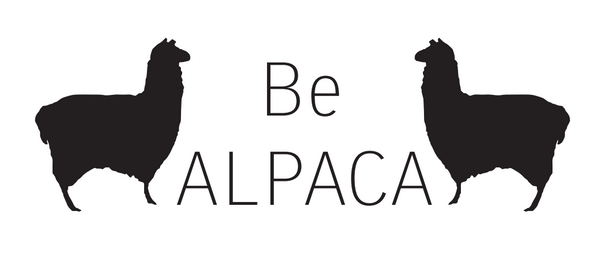
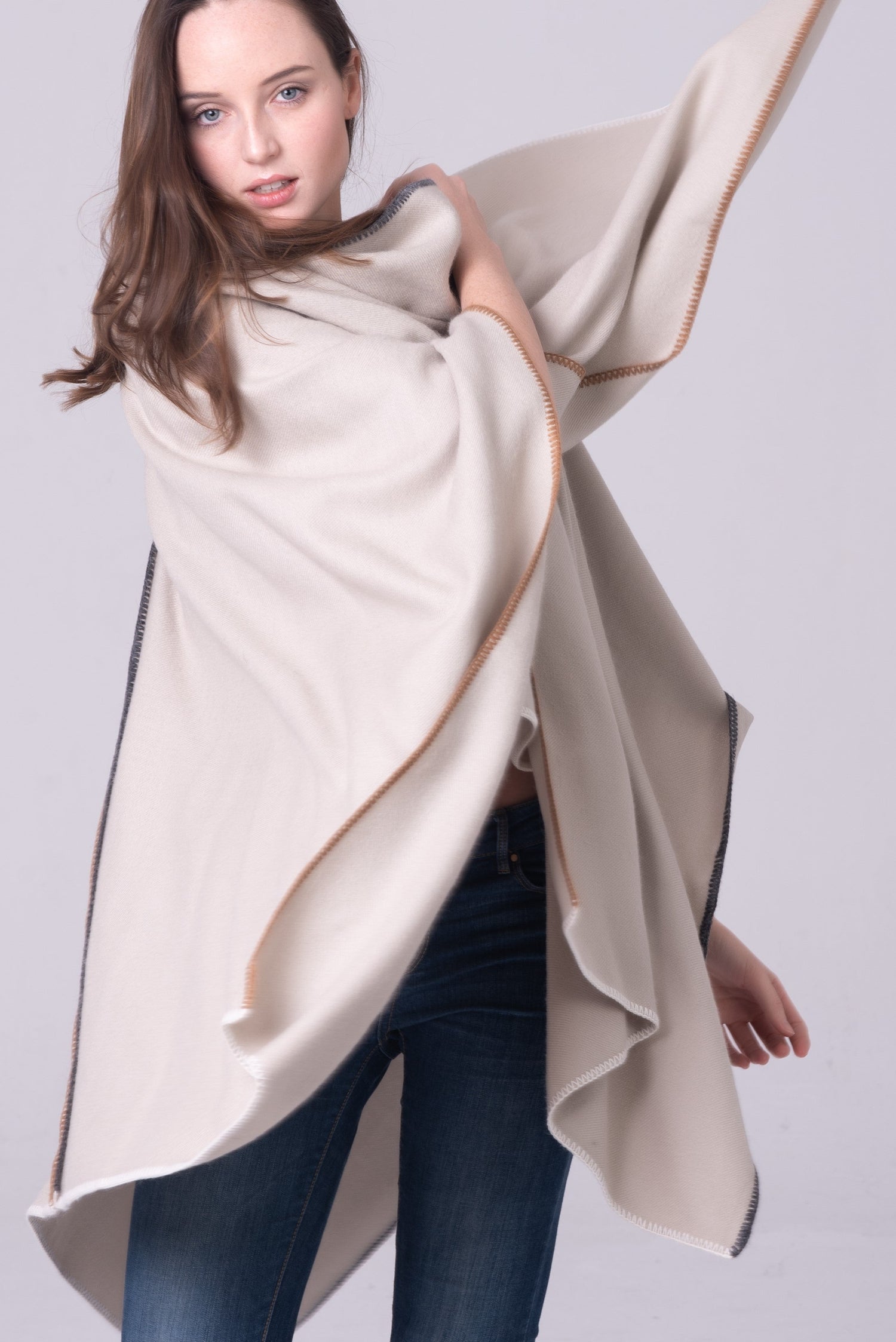
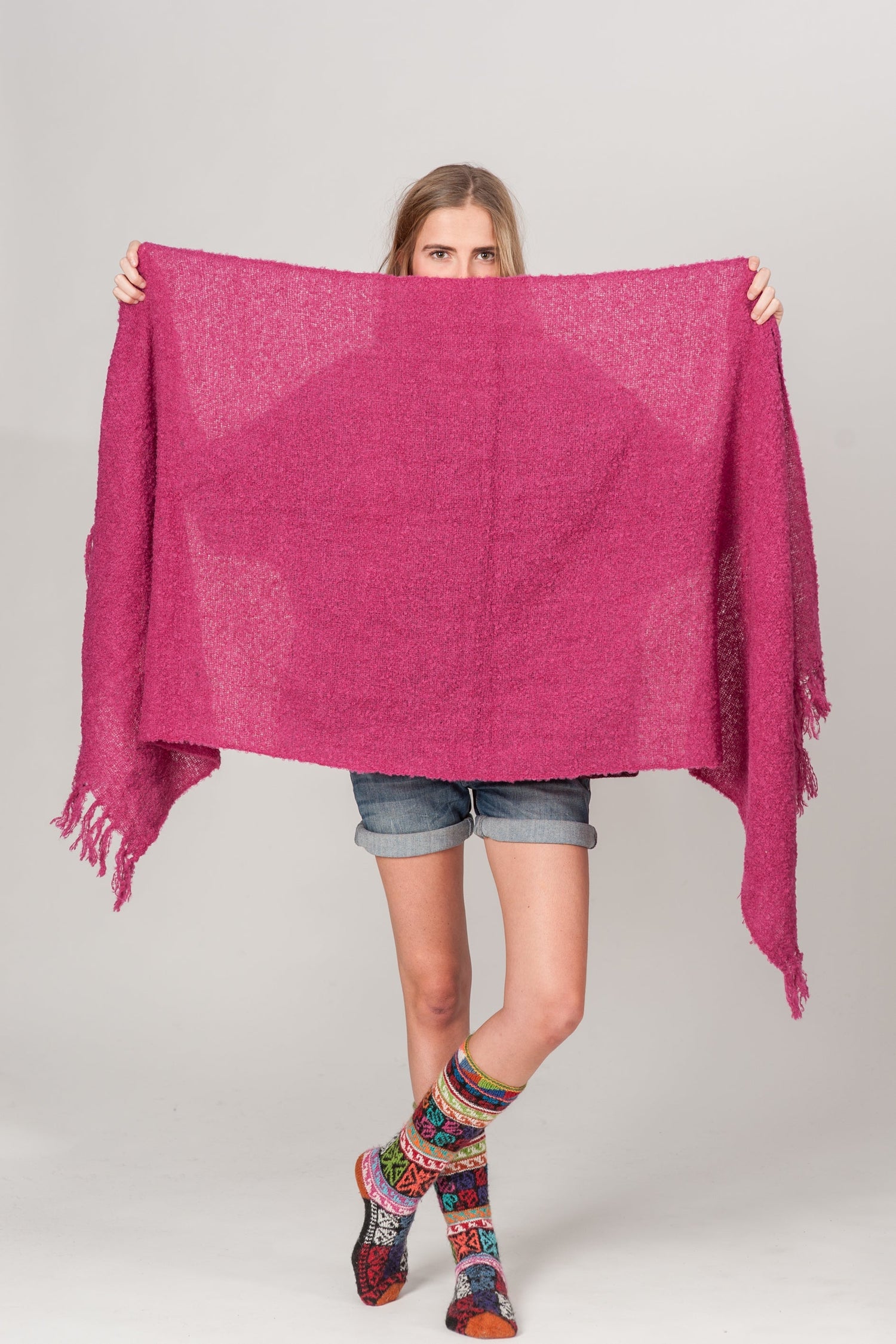
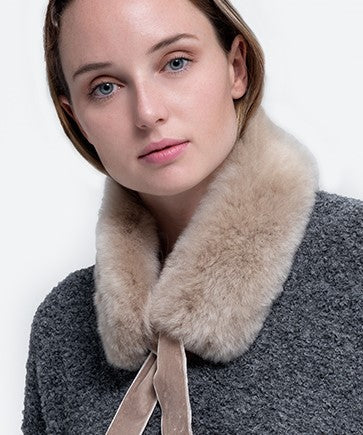
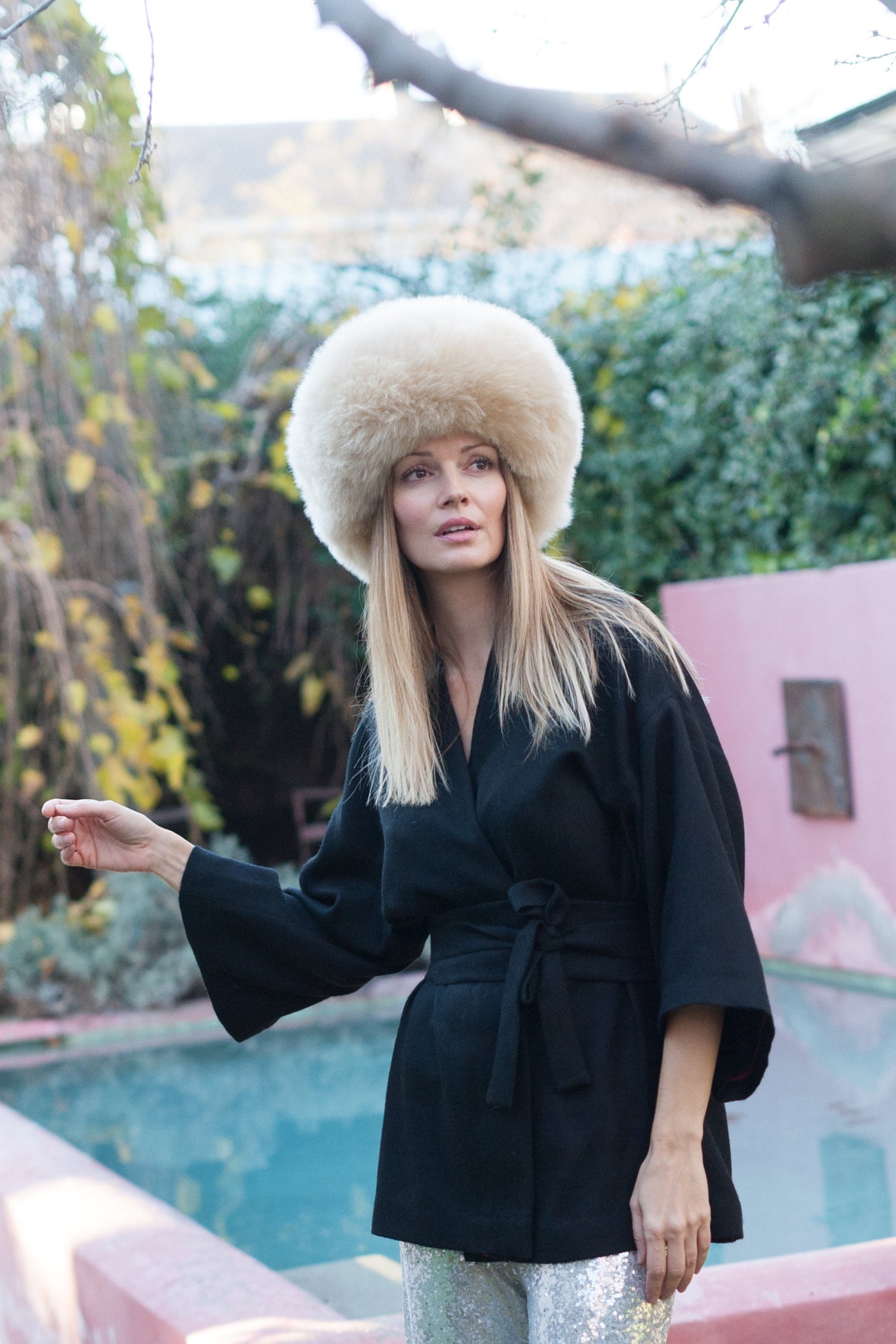
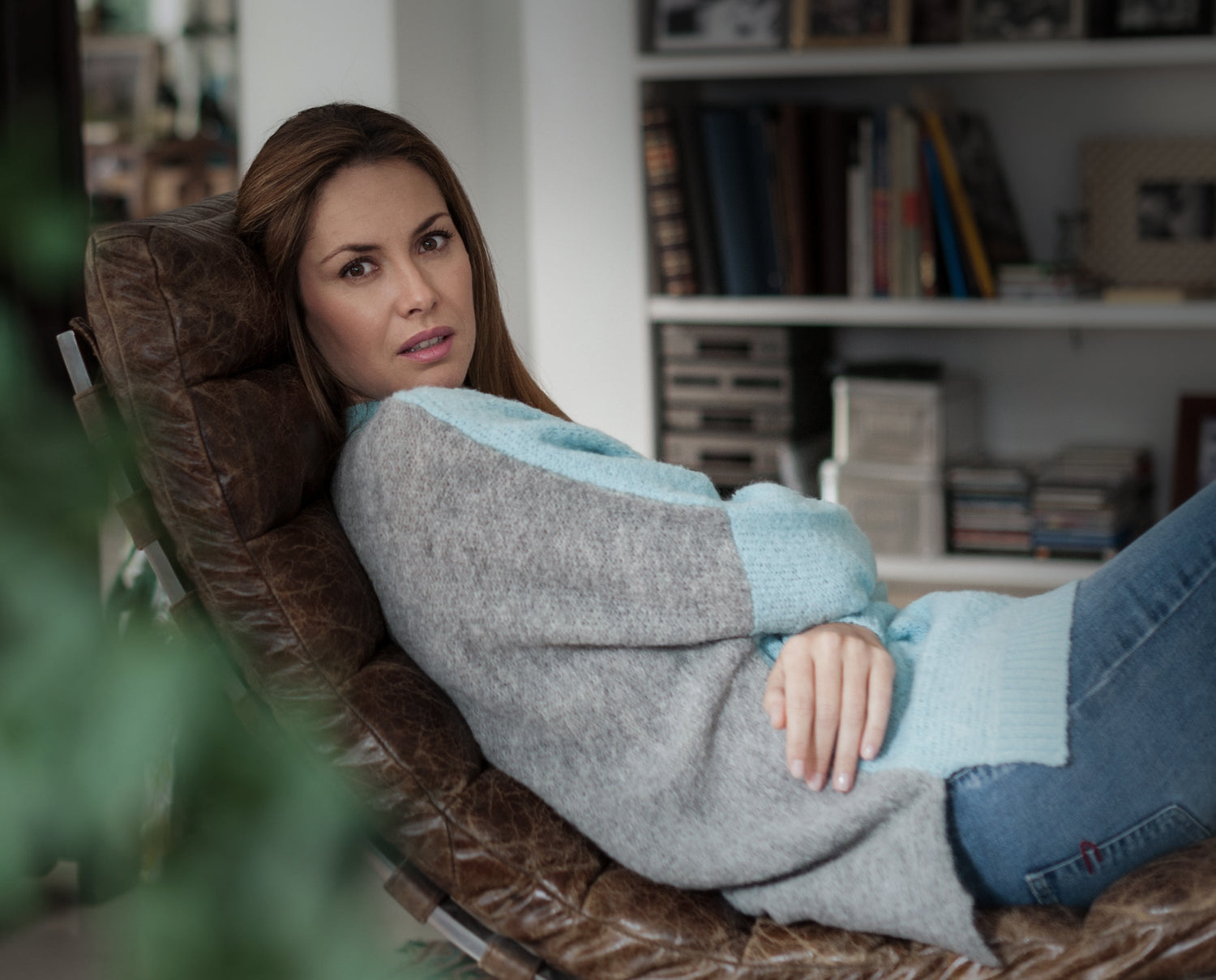

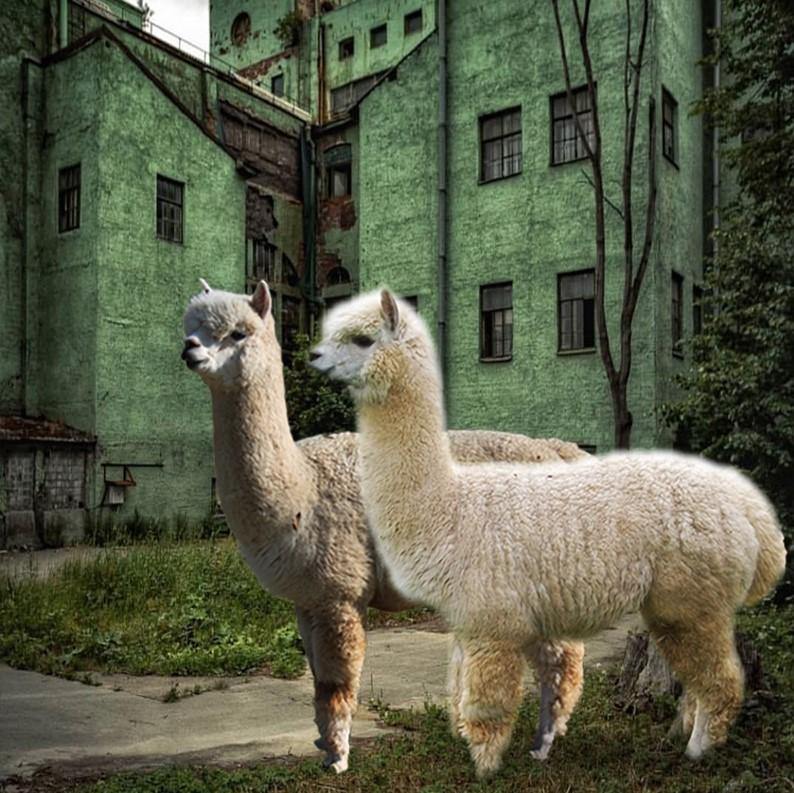
1 comment
Esta información es totalmente cierta y valiosa, probé ropa de lana de alpaca por primera vez en un viaje a Estados Unidos, pedí un sweater a través de tinkuy.shop y me quedé enamorada de lo rico que se siente el calorcito y la suavidad de la fibra, aparte claro de que, me recordaba mucho a mi país, Perú. Creo que es una de nuestras mejores materias primas y que debemos promocionar por todos lados!